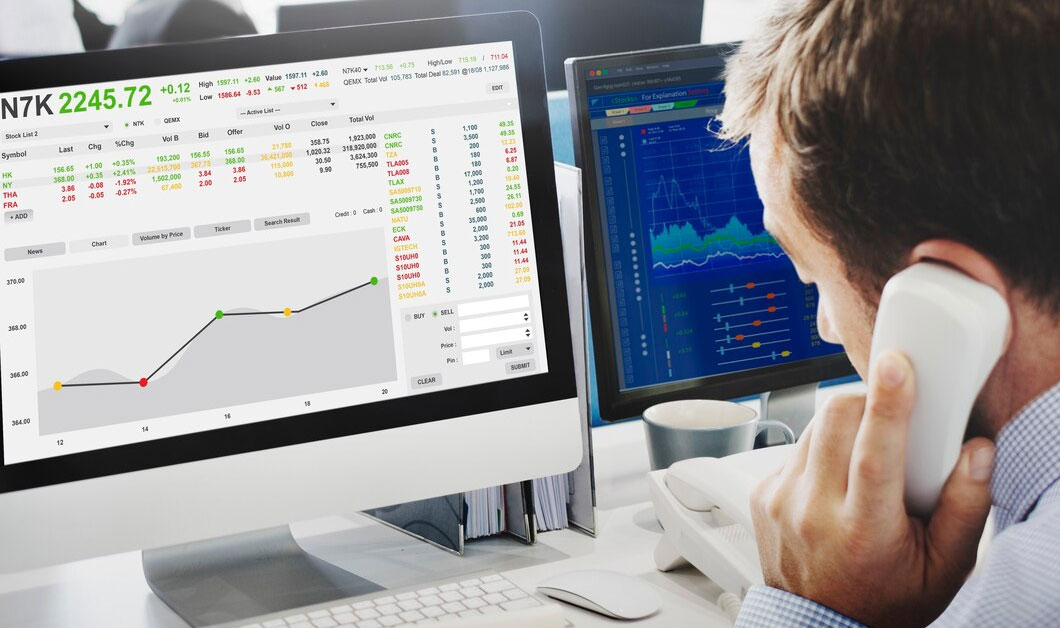Despite ongoing volatility in global markets, the FTSE 100 is on course to record its strongest monthly performance since November 2022. By Friday morning, London’s premier index had gained 0.2%, signaling investor confidence amid broader economic uncertainty.

Factors Driving FTSE 100 Gains
Several key factors have contributed to the FTSE 100’s resilience:
-
Smiths Group Surge – Shares in Smiths Group (SMIN.L) jumped more than 14% after the company announced plans to restructure in response to activist investor pressure. This includes selling its electronic connectors unit and potentially demerging or offloading its detection division.
-
Sector Strength – While AI-related concerns weighed on tech stocks globally, the FTSE 100 benefited from strong performances in industrial and resource-based sectors.
-
Economic Stability – UK inflation trends and monetary policy decisions have provided some stability, encouraging investor confidence.
Mixed Performance Across European Markets
While the FTSE 100 showed resilience, the FTSE 250 - which focuses more on UK domestic businesses—was down 0.1%.
Elsewhere in Europe:
-
Germany's DAX ticked slightly higher as traders awaited fresh inflation data.
-
France's CAC 40 gained 0.2%, reflecting steady investor sentiment.
-
The STOXX 600, a pan-European index, advanced 0.3%, continuing its upward momentum.
What Traders Need to Watch
The FTSE 100’s strength in January highlights key opportunities for traders. With ongoing corporate restructuring, sector rotations, and shifting macroeconomic conditions, understanding these trends is crucial for making informed decisions.
Learn How to Capitalise on Market Trends
Join our free trading webinar to gain expert insights on:
-
Identifying profitable opportunities in volatile markets
-
Risk management strategies to protect your trades
-
How economic and corporate shifts impact trading decisions
Stay ahead of the market with expert analysis from Trendsignal.







